Minister of Industry and Trade Nguyen Hong Dien stated, “That is a formidable challenge, requiring a true breakthrough in thinking and decisive action.”
At the 2024 year-end review and 2025 task deployment conference held on December 27 by the Department of Industry, Minister of Industry and Trade Nguyen Hong Dien assessed, “The above figures highlight the decisive role of the industry sector in the country’s economic growth.”
INDUSTRIAL PRODUCTION IN 2024 EXPECTED TO INCREASE BY OVER 8%
In the summary report, Mr. Nguyen Ngoc Thanh, Deputy Director of the Department of Industry, stated that in 2024, the scale of industrial production recovered quickly, extensively, and continuously expanded despite the global economic challenges. It played a driving role, leading the overall economic growth.
Accordingly, the industry sector’s index of industrial production for the first eleven months of 2024 increased by 8.4% compared to the same period last year (in 2023, it increased by 0.9%), the highest growth rate in the period from 2020 up to now), exceeding the set plan (planned increase of 7-8%)” – the leader of the Department of Industry assessed.
In addition, the industrial sector’s structure is gradually shifting positively towards modernization, high technology application, increased added value, and sustainable development: the proportion of processing and manufacturing industry (a criterion and symbol of industrialization) continues to increase significantly, reaching 24.1%, meeting the requirements set by the Government’s Resolution 01; the proportion of the mining industry decreased significantly.
These results indicate that the processing and manufacturing industry continues to be the growth driver for the entire industry and the national economy, with a high growth rate: In the first eleven months of 2024, the processing and manufacturing production index increased by 9.7% (in the same period in 2023, it increased by only 1.0%), contributing 8.5 percentage points to the overall increase.
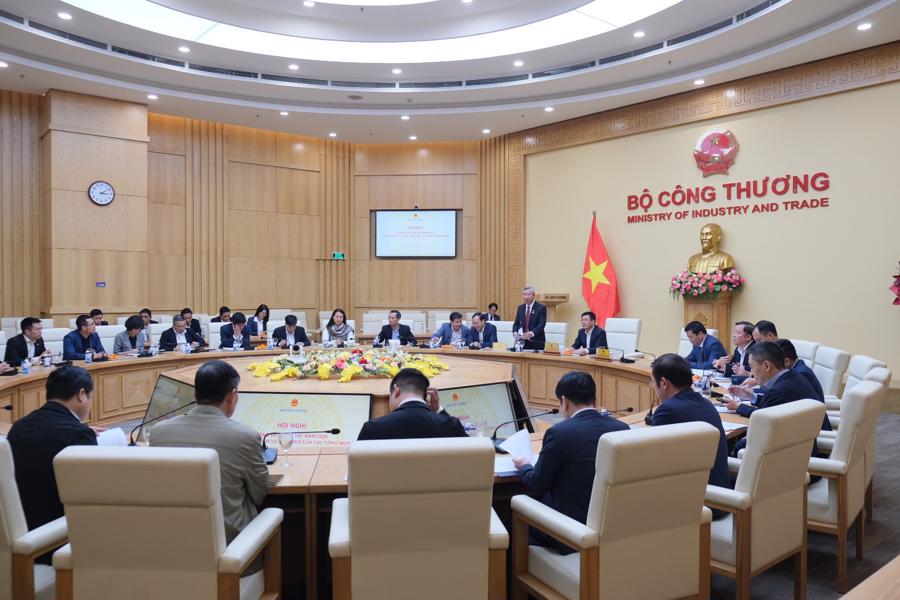
Notably, the processing and manufacturing industry grew by almost 10% compared to the previous year. Most localities nationwide had an industrial development index increase, with some even achieving double-digit growth.
At the same time, the key industries of the economy continued to develop, such as oil and gas exploration and processing; mineral exploitation and processing; electricity, electronics, telecommunications, and information technology; metallurgy, iron and steel; cement and building materials; textiles, footwear, and leather; mechanical processing and manufacturing, automobiles, and motorcycles…, forming an essential foundation for long-term growth and promoting the country’s industrialization and modernization.
Some export-oriented industries (textiles, footwear, electronics…) have successfully integrated into the global value chain, possessing high competitiveness and a solid position in the international market.
Many industrial products such as footwear, textiles, and electronics rank highly in exports compared to the region and the world. Some fundamental industries (steel, chemicals, mechanical engineering) have gradually met the demands for means of production and production capacity of the economy; the defense industry has gradually contributed to the development of the national industry and socio-economic development (especially in fields such as mechanics, industrial explosives production; electricity and electronics; optics; shipbuilding and repair of ships and hydraulic structures; aircraft repair, and radar); supporting industries, production of components and component clusters, are gradually being formed, contributing to increased localization and added value in industries, and promoting deeper participation in the production network and value chain.
IDENTIFYING 5 LIMITATIONS
Minister Nguyen Hong Dien also pointed out some limitations and shortcomings.
The first limitation, according to the Minister, is the lack of a solid foundation for development. Despite the growth, it is mainly in the processing industry, and those industries and production segments with low added value.
The second limitation is that with 74.6% of export value coming from the FDI sector, this means that the industrial production value of domestic enterprises accounts for only 24% of the total industrial production value and total export value of the industries.
The third limitation is the failure to seize opportunities presented by the Fourth Industrial Revolution, the shift of investment from multinational companies to third countries, and free trade agreements.
The Minister raised and pointed out: “Attracting FDI should not be simply calculated based on export value but also on the capabilities and internal resources of Vietnamese enterprises participating in the supply chain. We need to reassess the level of participation of Vietnamese enterprises in the ecosystem of Samsung or some electric and electronic corporations from Japan and Korea.”
The fourth limitation is that the industry is still far from being able to participate in the global production and supply chain as it lacks the capacity to take the lead. “Thus, the goal of industrialization and modernization, striving to become an industrialized country with modern industry and upper-middle income by 2030, and a developed country with high income by 2045, will be very challenging to achieve,” he added.
The fifth limitation is the lack of foundational industries, such as materials, supporting industries, mechanics, processing and manufacturing, electronics, chemicals, and energy…
For example, in the chemical industry, Minister Nguyen Hong Dien pointed out that we still have to rely heavily on imports because we have not mastered basic chemicals.
IDENTIFYING 6 REASONS WHY INDUSTRY HAS NOT BROKEN THROUGH
After analyzing the limitations and shortcomings, the Minister clearly stated the subjective reasons causing this situation:
The first reason, according to Minister Nguyen Hong Dien, is that we have not been proactive and slow in institutionalizing the viewpoints, guidelines, strategies, goals, and solutions of the Party, National Assembly, and Government into mechanisms and policies.
The second reason is that the mechanisms and policies are still scattered and fragmented, not truly attractive, feasible, or effective, and have not been put into practice. For instance, the budget investment in some programs to promote small-scale industries and supporting industries is not insignificant; investment in science, technology, and education and training is no less than 2% of the annual budget, but the efficiency is still limited, partly due to the quality of consulting work…
The third reason is the underutilization of international cooperation in industrial development, including cooperation in policy formulation; training; technical instruction; and technology transfer in certain processes… These efforts have been piecemeal and have not created a qualitative shift in the industry.
The fourth reason is the limited investment of resources from the state budget or the mobilization of social resources for scientific and technological innovation in the industry.
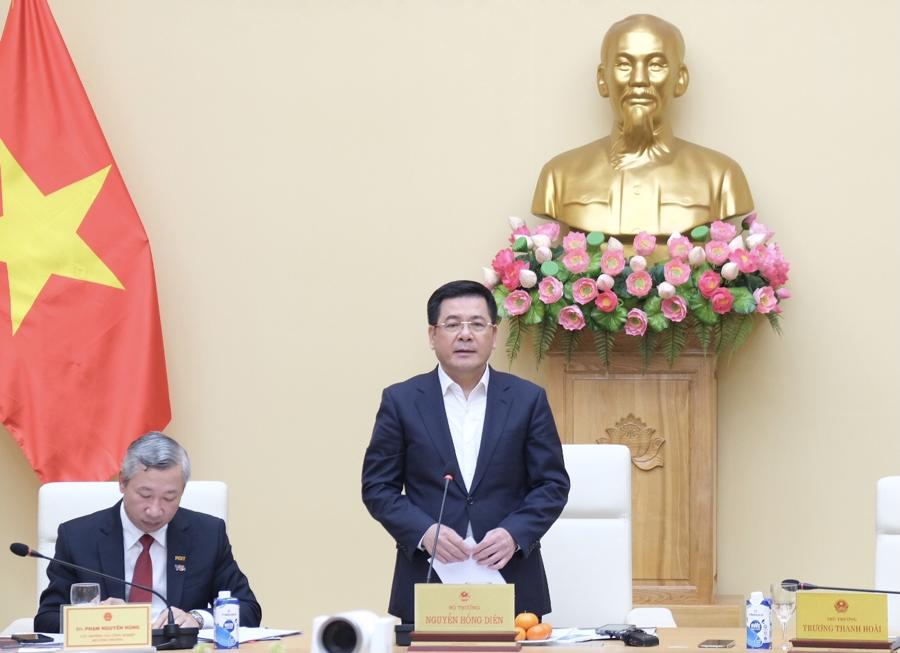
Taking the semiconductor industry as an example, the Minister stated that other countries that have attracted investment in this sector have provided significant budget support to investors, such as the US with $280 billion, China with $92 billion, and South Korea with $61 billion, while we have “none.”
The fifth reason is the lack of regularity and effectiveness in inspection and supervision, with many projects left idle and problems prolonged for years without resolution.
The sixth reason is the limited coordination between functional units within the Ministry and between ministries, sectors, and localities.
THE 2025 INDUSTRIAL GROWTH TARGET IS A FORMIDABLE CHALLENGE
Mr. Dien requested that the Ministry of Industry and Trade’s advisory units come up with multiple solutions to contribute to achieving the country’s GDP growth target for 2025, expected to be over 8%. Especially, we should strive for a double-digit GDP growth rate, i.e., 10% and above, as oriented by the Party. The industry sector must achieve a growth rate of 12-13%.
In 2024, the industry grew by about 8.4% on the low growth base of 2023, but in 2025, the sector must achieve a growth rate of 12-13% on top of this year’s 8.4%. “That is a formidable challenge, requiring a true breakthrough in thinking and decisive action,” the Minister emphasized.
In 2025, as the entire political system is reviewing and streamlining its apparatus, this may cause short-term disruptions to the implementation of tasks, along with the unpredictable global and regional situation, geopolitical competition, and trade wars, making the goal of double-digit growth even more challenging.
In this context, to ensure the fulfillment of the above objectives and create a breakthrough for the development of the industry, Minister Nguyen Hong Dien set out five key tasks for the Department of Industry.
First, promote the application of science and technology, innovation, and the development of a green, digital, circular, sharing, and knowledge-based economy. Continue to deeply integrate into the world economy and confidently participate in the global production and supply chain.
Second, focus on researching and proposing amendments, supplements, and new issuance of breakthrough mechanisms and policies to attract FDI and be feasible; keep up with the world’s development trends and pace towards green, digital, circular, and sharing directions, catching up with the pace of the Fourth Industrial Revolution. Form and develop foundational industries and build an independent, autonomous, and integrated economy.
Third, continue to improve the effectiveness of international cooperation in certain areas: International cooperation in policy formulation; training of human resources, including experts and technicians; management skills; technology transfer with a mechanism for FDI enterprises to transfer technology with a roadmap; and investment cooperation, especially outbound investment cooperation through multilateral and bilateral mechanisms, FDI attraction, and support for enterprises investing abroad.
Fourth, promptly review and finalize the submission to the Government and the National Assembly of draft laws related to industrial development, such as the Law on Key Industries, and advise on amendments and supplements to laws and decrees related to industrial development. At the same time, advise the Ministry on reviewing and adjusting the Master Plan for Exploration, Exploitation, Processing, and Use of Minerals for the period 2021 – 2030, with a vision to 2050.
Fifth, review and rearrange the organizational apparatus as directed by the Ministry’s leaders, boldly purge the workforce, and have plans for training and retraining human resources.
“Masterplanning the Hanoi Capital City: Envisioning the Future for 2021-2030 and Beyond”
The master plan for the capital city of Hanoi for the period of 2021-2030, with a vision towards 2050, serves as a crucial foundation for the implementation of urban, rural, and sectoral development plans in the city. This comprehensive blueprint outlines the strategic direction for Hanoi’s future growth and development, ensuring the city’s progress in a sustainable and well-planned manner.
The Hanoi District with a nearly VND 22,000 Billion Annual Budget is Set to Become a Financial Hub
“Embarking on a journey to revolutionize the financial services landscape, we aspire to offer a holistic and modern approach to banking and insurance. Our vision is to create a seamless and innovative experience for our customers, empowering them to manage their financial lives with ease and confidence.”

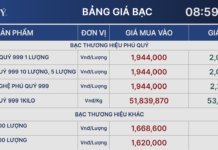


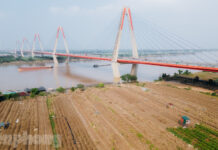



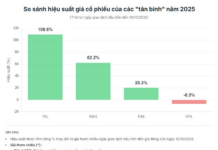











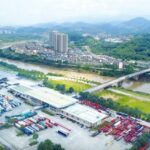
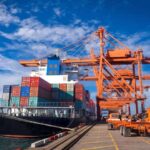












![[On Seat 04] Omoda & Jaecoo: Playing the Long Game in Vietnam’s Auto Market?](https://xe.today/wp-content/uploads/2024/08/v-quote-te-100x70.jpg)